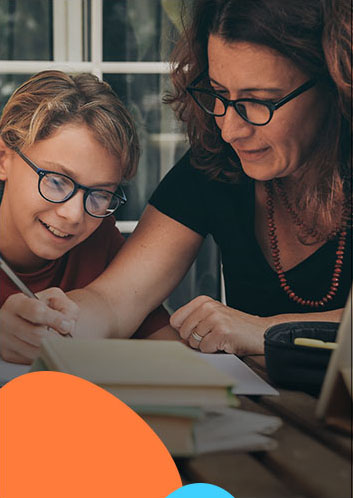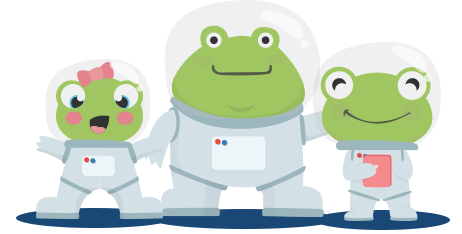Year 3 Printable Worksheets
Year 3 is the first year your child will work on Key Stage 2. Your child will begin to focus less on phonics and continue to work on the spelling patterns they have begun in previous years. For maths, the 3, 4 and 8 times tables will be important. Our great resources will help your child in these areas, especially times tables and spellings.
WORKSHEET PLANS FROM £3.20/MONTH


















































































































